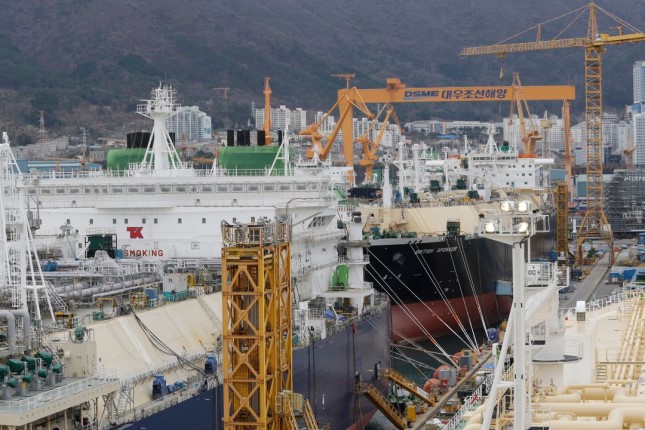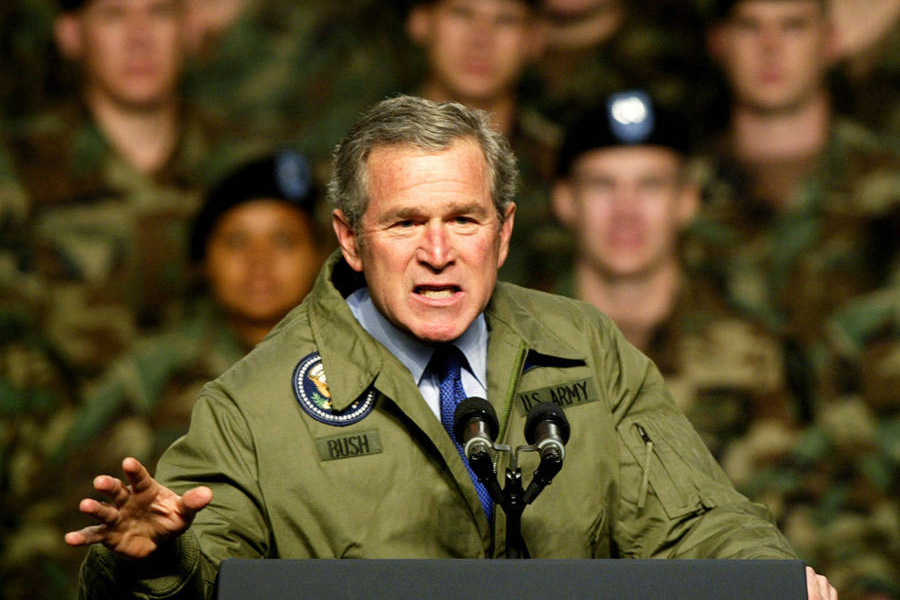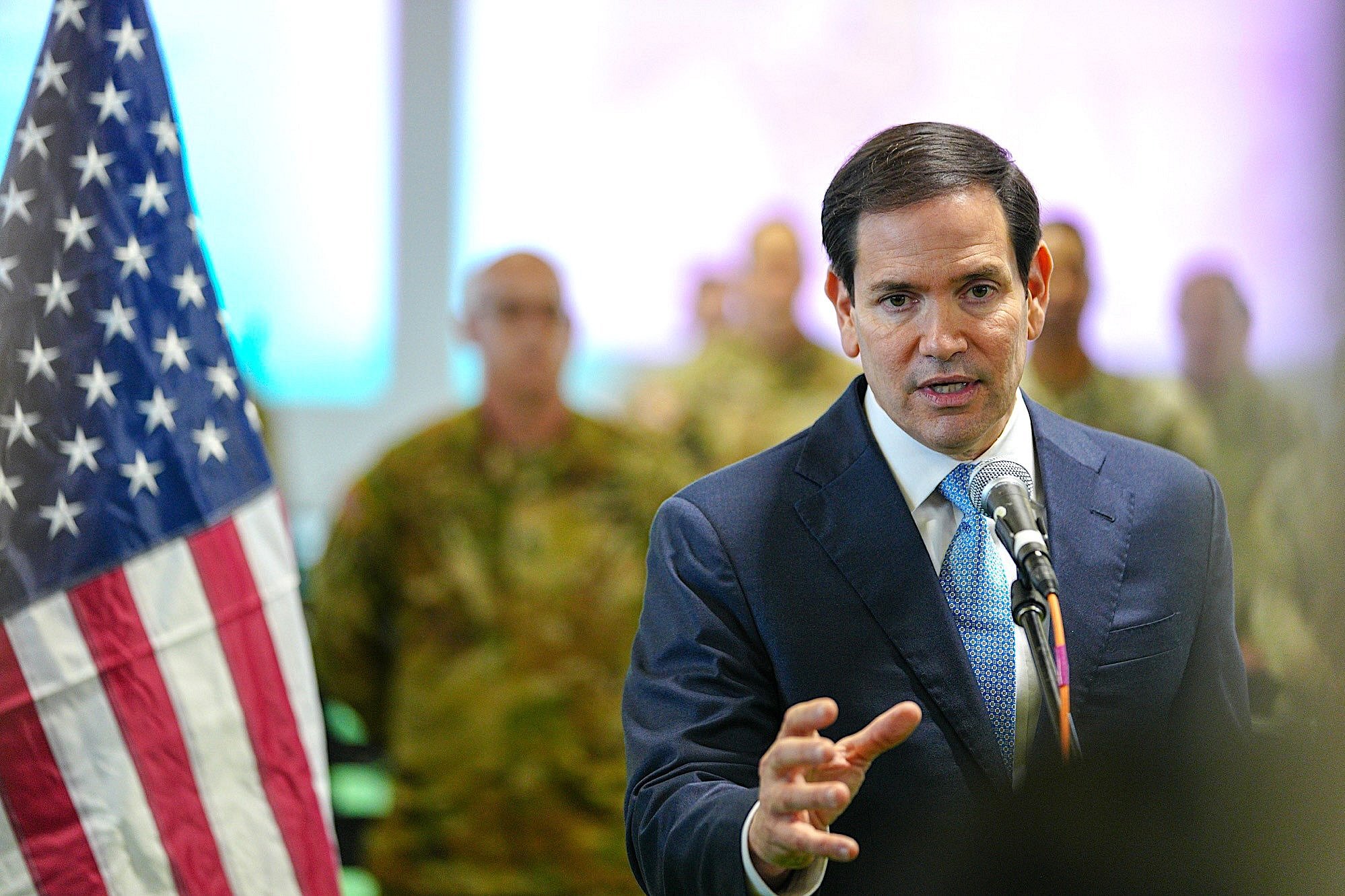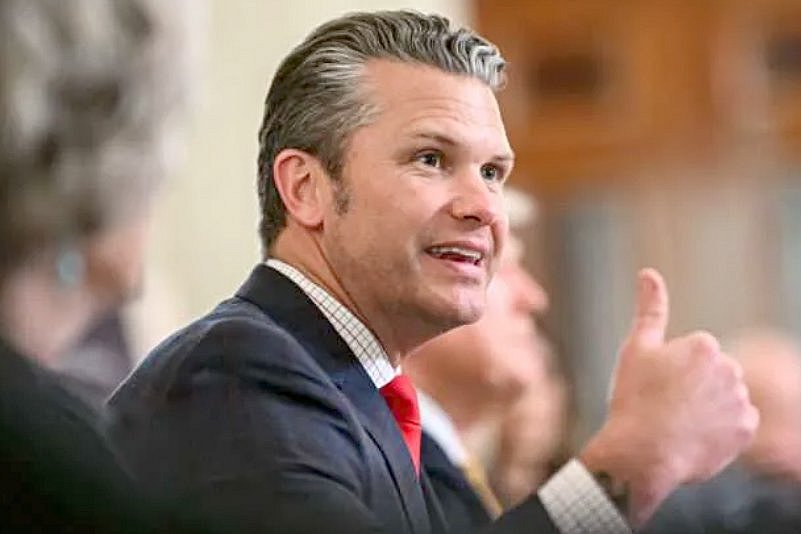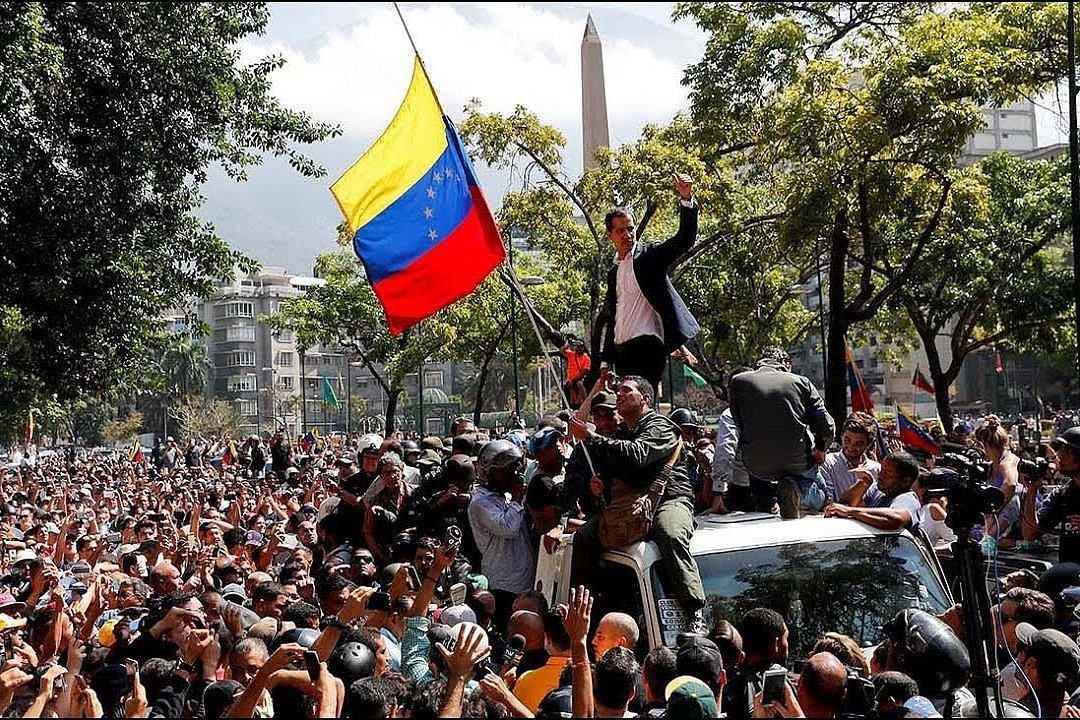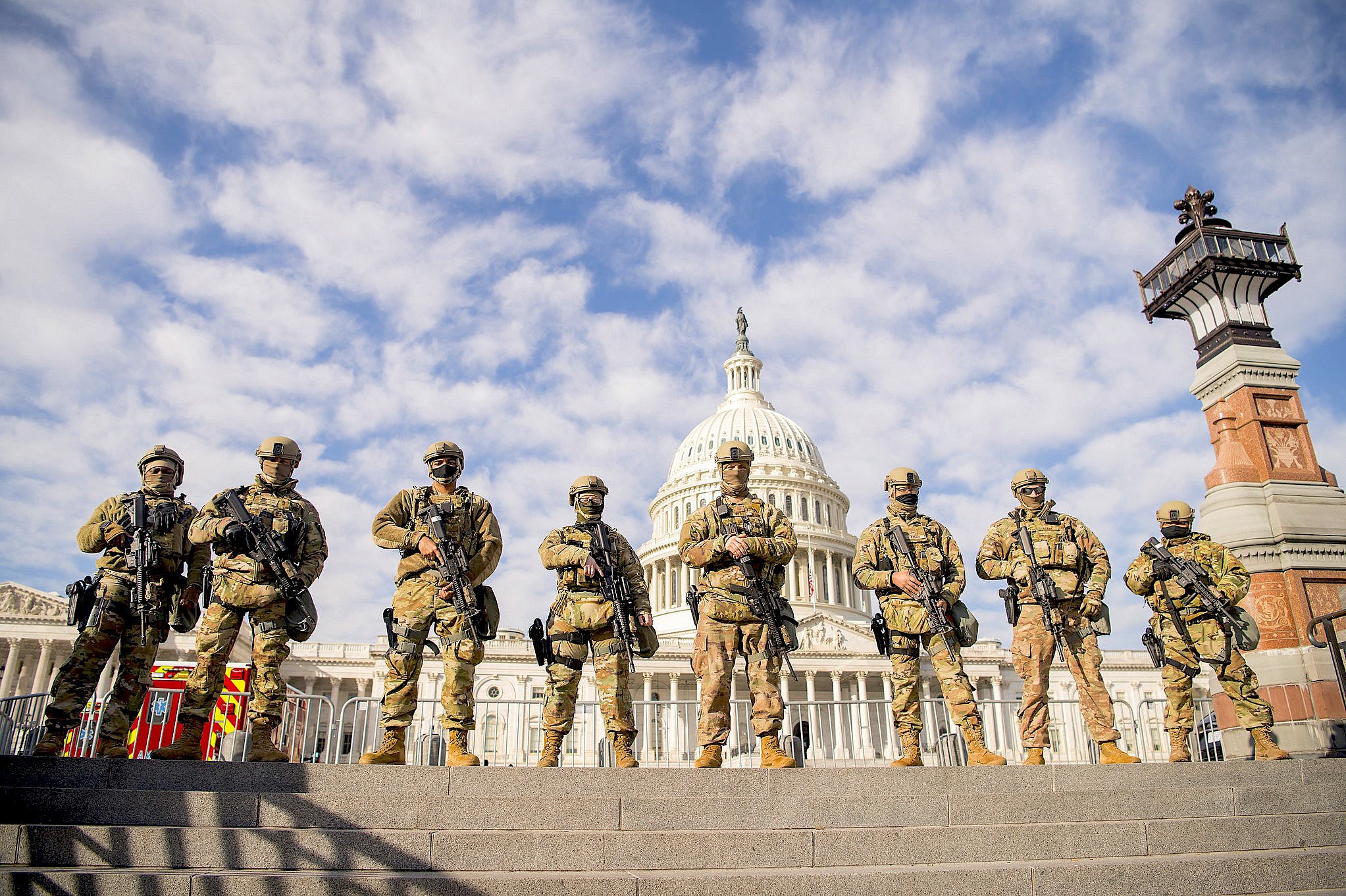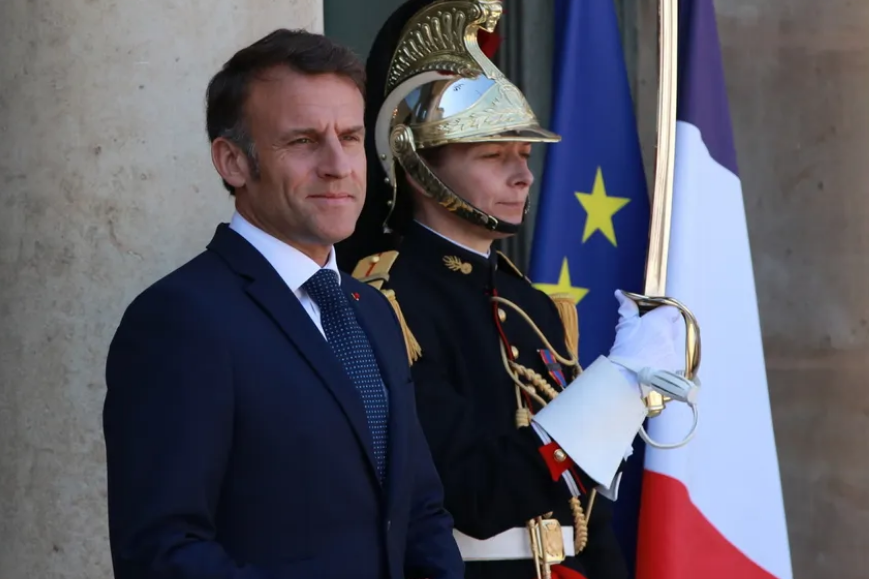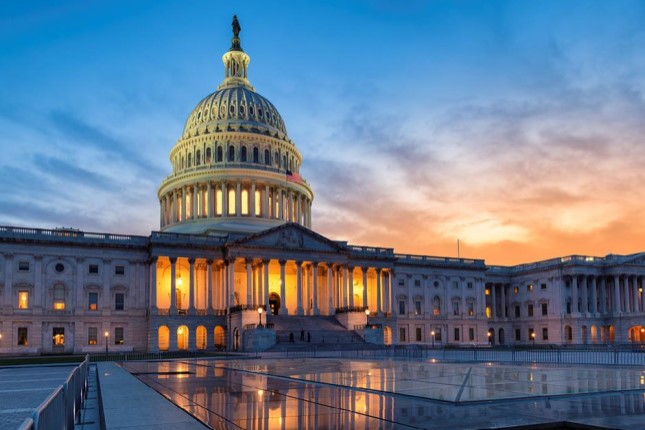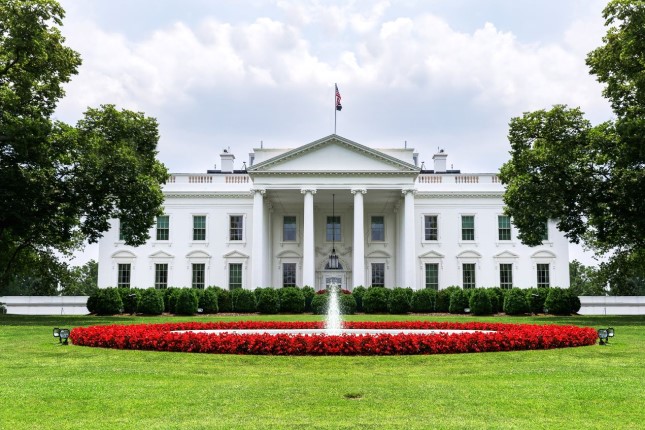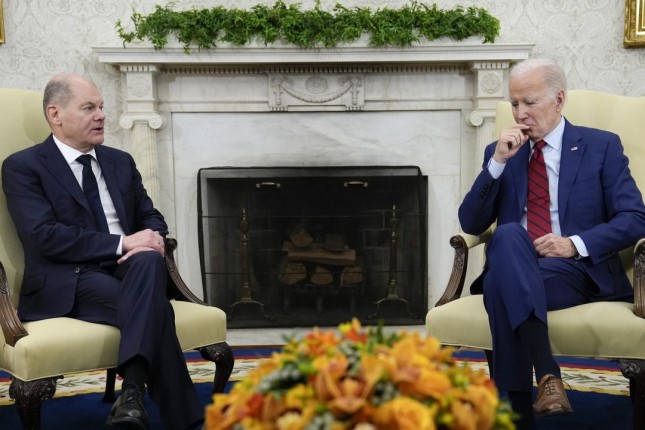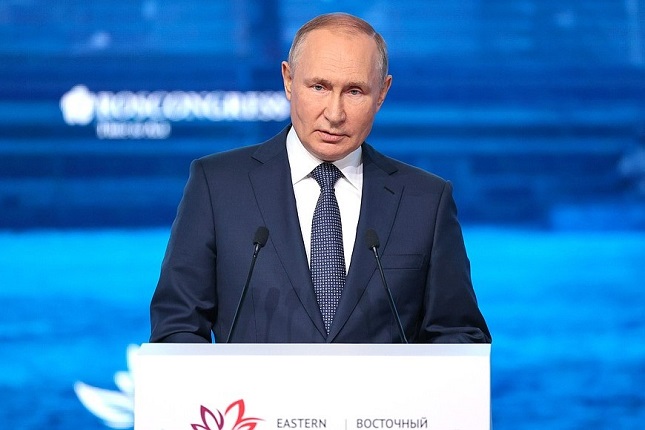This development will intensify the geopolitical tensions, leading to increased militarism, as capitalist governments worldwide increase their arms spending, while intensifying the attacks on the working class in order to pay for it.
The worsening global economic outlook was highlighted last week by data which showed that both the UK and Japan had experienced two consecutive quarters of negative growth in the second half of 2023.
This trend was underscored by the decision of the European Commission to downgrade its forecast for European Union economic growth this year after 11 of the 27 EU countries were hit by recession in 2023, the most significant being the contraction of 0.3 percent in the Germany economy for the year.
The contraction in the Japanese economy—a 0.3 percent fall in output in the last quarter after a shrinkage of 3.3 percent in the third—came as something of a shock because the “consensus” forecast among economists was, instead, for an expansion of 1.1 percent.
The UK data showed the economy contracted by 0.3 percent in the final quarter following a 0.1 percent contraction in the third. But underneath these relatively small numbers, at least at this stage, there is a deeper trend at work.
Considering the growth of the UK population, output per head fell by 0.7 percent in 2023 and has fallen in every quarter after failing to grow since the start of 2022. Excluding the effects of COVID in 2020, the UK has experienced the first contraction in per capita output since the global financial crisis of 2008-9. Output per head is still 1.5 percent below the pre-pandemic level in the last quarter of 2019.
Since the financial crisis of 2008, world economic growth has been sustained to a considerable extent by the expansion of the Chinese economy. Not any longer.
China recorded growth of 5.2 percent in 2023—the lowest level in three decades and the target for this year, shortly to be announced by the government—is not likely to be any higher. In fact, there is considerable doubt as to whether it can reach even 5 percent.
The Chinese economy is beset by a series of problems, including the onset of a deflationary vicious circle as prices fall at their fastest rate in 15 years. The stock market is continuing to fall, despite efforts by regulatory authorities to prop it up, and a growing number of international investors have decided that the country is “uninvestible.”
The real estate crisis which has seen the bankruptcy of two of its biggest property development firms, is not improving. In the years following 2008, real estate and property development grew to account for around 25 percent of the economy. The government has been extremely reluctant to provide a stimulus, fearing this will only exacerbate already considerable debt problems.
But its efforts to develop another growth path based on the advancement of high-tech have run headlong into the bans and restrictions imposed by the US, part of its program of ever-expanding economic warfare against what it considers to be its main economic rival.
The only relative exception to the worsening global economic outlook appears to be the United States, where the growth rate rose above 3 percent for the last quarter of 2023.
But closer examination reveals that the same basic trends are at work, even as their immediate appearance is somewhat different.
One of the key aspects of US growth is that it is directly feeding off the death and destruction that its developing war front has created.
As a recent article in the Wall Street Journal noted, advocates of increased military spending for the war in Ukraine are insisting that it is “good for the economy.”
In the words of Lael Brainard, director of the White House National Economic Council, in a recent interview in support of the Biden administration’s new military package: “That’s one of the things that is misunderstood … how important that funding is for employment and production around the country.”
According to data compiled by the Federal Reserve, production in the US defence and space sectors has increased by 17.5 percent since the start of the Ukraine war. The State Department has reported that the US made more than $80 billion in major arms deals in the year up to last September of which about $50 billion was with Europe, more than five times the historical norm.
And there have been other “benefits.” The cutting of gas supplies to Europe from Russia as a result of the Ukraine war and the escalation of prices has proved a bonanza for the US such that it became the world’s largest exporter of liquified natural gas last year with exports set to double by 2030.
The US economy, however, is not immune from the developing recessionary trends. As the global struggle for markets and profits intensifies, major US firms, in auto and other industries, are slashing jobs. Tech companies alone, according to a report in the Financial Times, have axed 34,000 jobs so far this year as part of the shift to the use of artificial intelligence.
And hanging over it is the ever-present threat of another financial crisis as higher interest rates, initiated by the Fed to suppress workers’ wages demands, threaten to collapse the financial house of cards built on the previous low-interest rate regime.
In a recent comment piece, the German finance minister Christian Lindner delivered a warning to the working class the world over. The “peace dividend” of the past, he said, had been used to expand the welfare state. Now a change of direction was necessary.
In other recent remarks, also with international implications, he said the German economy was not in the best shape because its “structural deficits” had been covered by low interest rates, demand from the world market and lower energy costs and now it had to focus on “structural problems.”
Every major capitalist government confronts “structural problems” in one form or another. As they strive to increase military spending, they do so under conditions of record government debt amid a world economic slowdown. That means intensifying attacks on the working class.
The political implications are clear. There is an inseparable connection between the fight against war and the defence of jobs, wages and living standards.
In the final analysis, imperialist war is not a policy “choice” which can somehow be reversed if only sufficient pressure is applied. It is rooted in the objective contradictions of the capitalist profit system itself, just as are slump, unemployment, inflation and financial crises.
Therefore, the only viable and realistic perspective to resolve the deepening crisis is one directed at its source. That is the program of international socialist revolution to overthrow capitalism, fought for by the International Committee of the Fourth International and its sections.
Photo: In this Friday, Dec. 7, 2018 photo, large-sized liquefied natural gas (LNG) carriers are being constructed at the Daewoo Shipbuilding and Marine Engineering facility in Geoje Island, South Korea © AP Photo / Ahn Young-joon.
Source: World Socialist Web Site.
